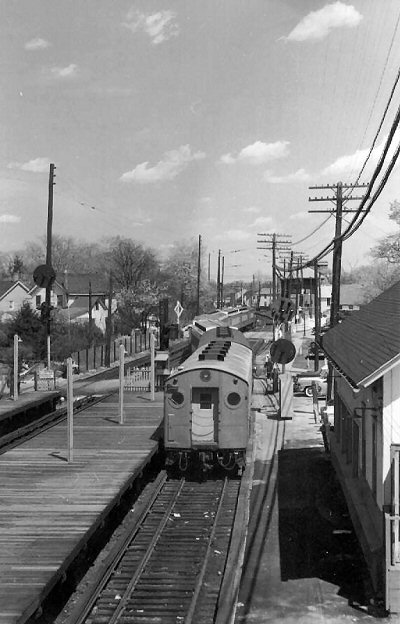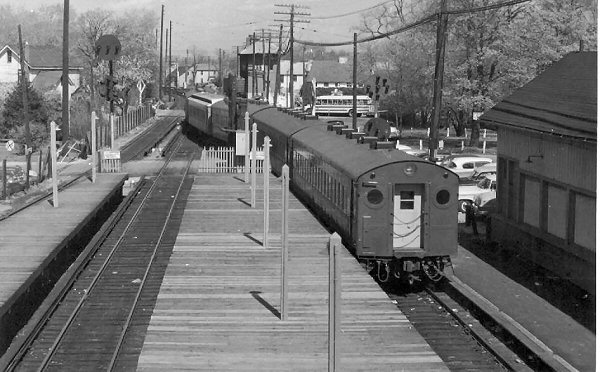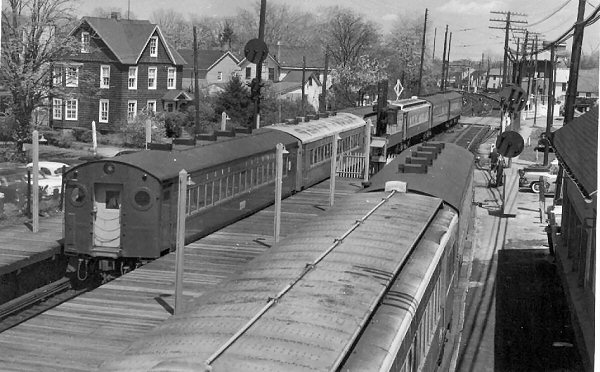by manumuskin
Pat:
I just wanted to clarify something you said. Technically, pings were steam/diesel hauled cars. They were originally built as MUs and had the traction motors and all the equipment associated with electric operation. When they were converted to steam operation, they lost weight and therefore bounced like a ping pong ball! But we all knew you were referring to the MP-54's.
You also mentioned the fogged windows on the Zip cars. I don't recall an original problem with these cars re their windows (I rode them when they were new and they were beautiful cars). In later years, because of rock throwing, the LIRR replaced glass with Lexan. The Lexan became chemically etched because of continuous exposure to the sun and to car wash chemicals and they assumed their fogged appearance. My recollection is that GE changed the formulation of the Lexan it was supplying to railroads to improve its long-term durability and appearance.
Dick Makse
I just wanted to clarify something you said. Technically, pings were steam/diesel hauled cars. They were originally built as MUs and had the traction motors and all the equipment associated with electric operation. When they were converted to steam operation, they lost weight and therefore bounced like a ping pong ball! But we all knew you were referring to the MP-54's.
You also mentioned the fogged windows on the Zip cars. I don't recall an original problem with these cars re their windows (I rode them when they were new and they were beautiful cars). In later years, because of rock throwing, the LIRR replaced glass with Lexan. The Lexan became chemically etched because of continuous exposure to the sun and to car wash chemicals and they assumed their fogged appearance. My recollection is that GE changed the formulation of the Lexan it was supplying to railroads to improve its long-term durability and appearance.
Dick Makse


